Predator Free Apprentice Cam Maclean’s big OE looked slightly different from the classic Kiwi tradition. Instead of slinging pints in a UK pub or teaching English in Spain, Cam found himself building predator free fences in the Caribbean and caring for critically endangered birds on Aotearoa’s distant outpost.
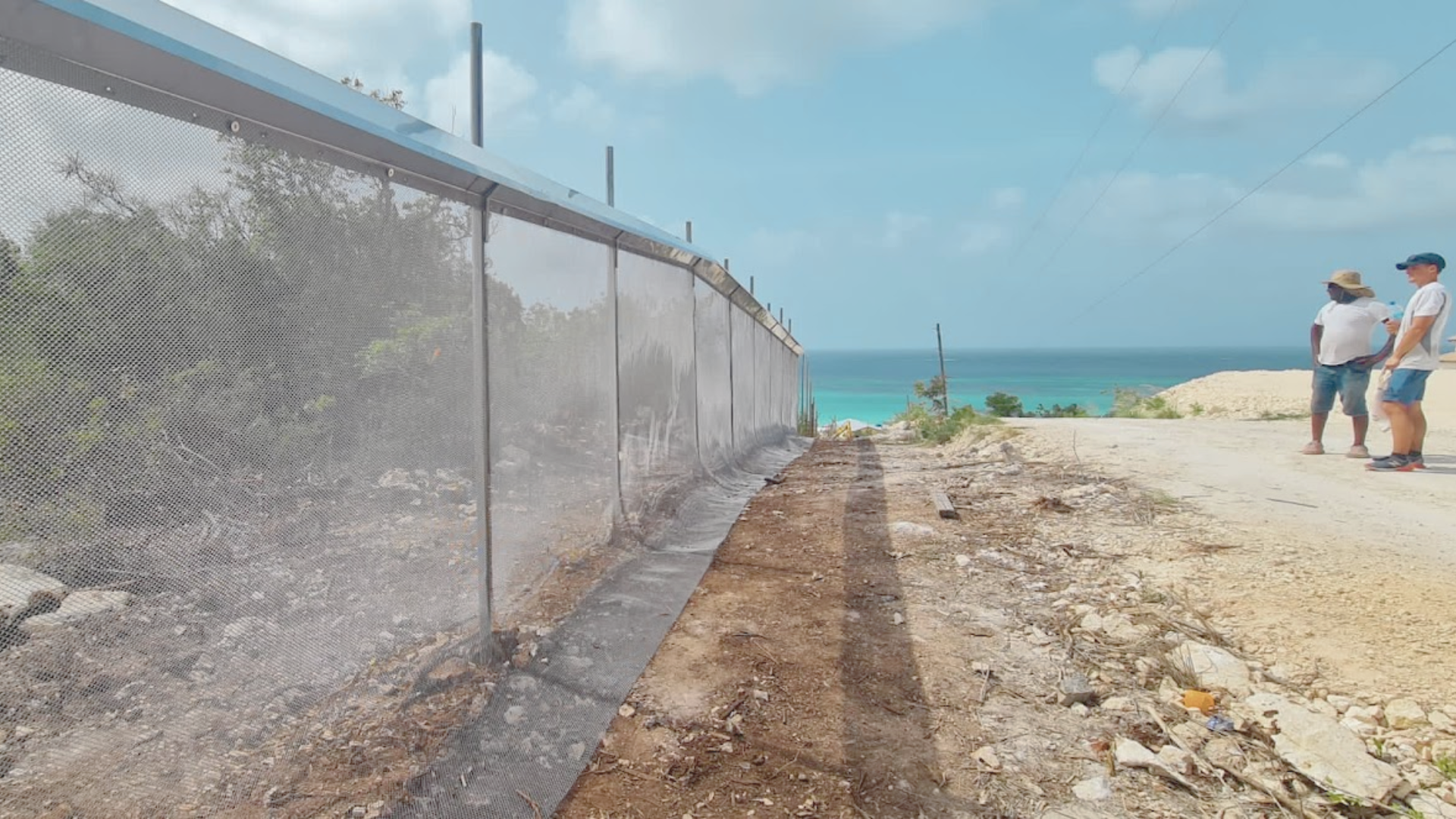
Islands in the sun
Cam Maclean’s inaugural overseas journey kicked off in the sun-soaked, crystal-watered paradise of the Caribbean, where introduced predators threaten unique wildlife.
Joining the 23-year-old Predator Free Apprentice on this island odyssey were teammates from Blenheim-based Wildlife Management International Ltd (WMIL), well-known engineers of global conservation projects.
Their mission? Oversee and advise on the construction of two predator-proof fences in Barbados and Anguilla.
On the island nation of Barbados, a fence is needed to protect the endemic leaf-toed gecko, once thought extinct. No more than 250 adult leaf-toed geckos have been confirmed in the wild, clinging to a narrow strip on the island’s east coast and predated heavily by mongoose, monkeys and out-competed by introduced geckos.
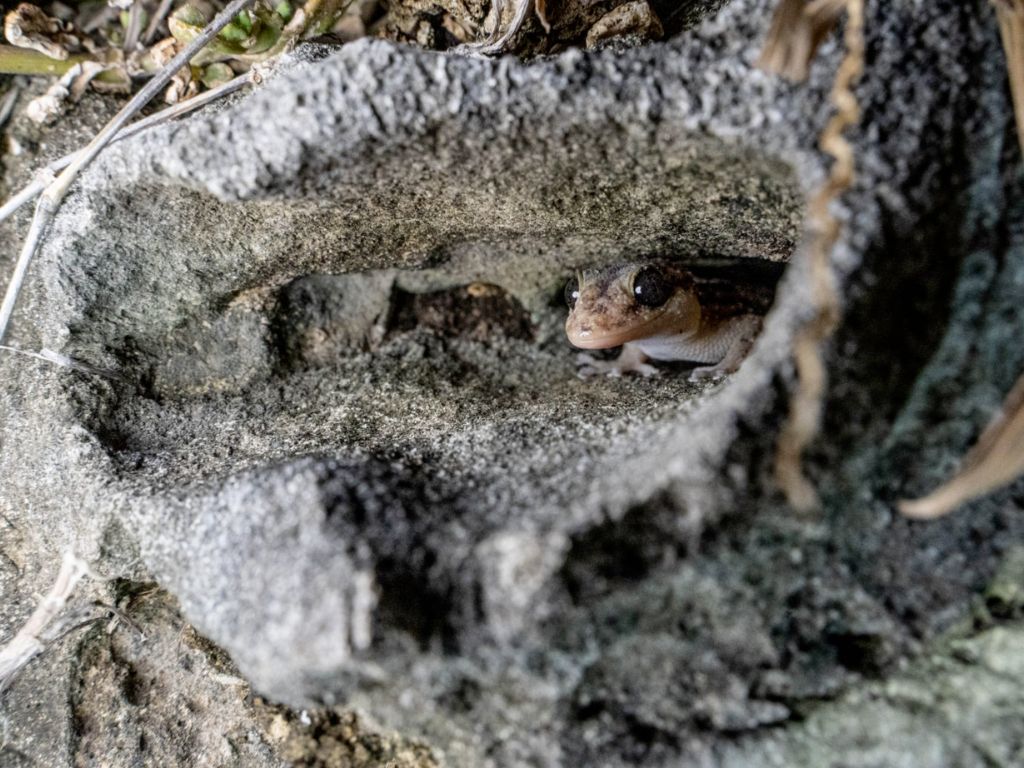
Meanwhile, in Anguilla, a British Overseas Territory, a fence will keep safe the Lesser Antillean iguana, Anguilla bank racer and Anguilla Bank skink from prowling cats and mongoose – a curious diurnal mix between a weasel and stoat.
Kiwi craftsmanship and Caribbean determination
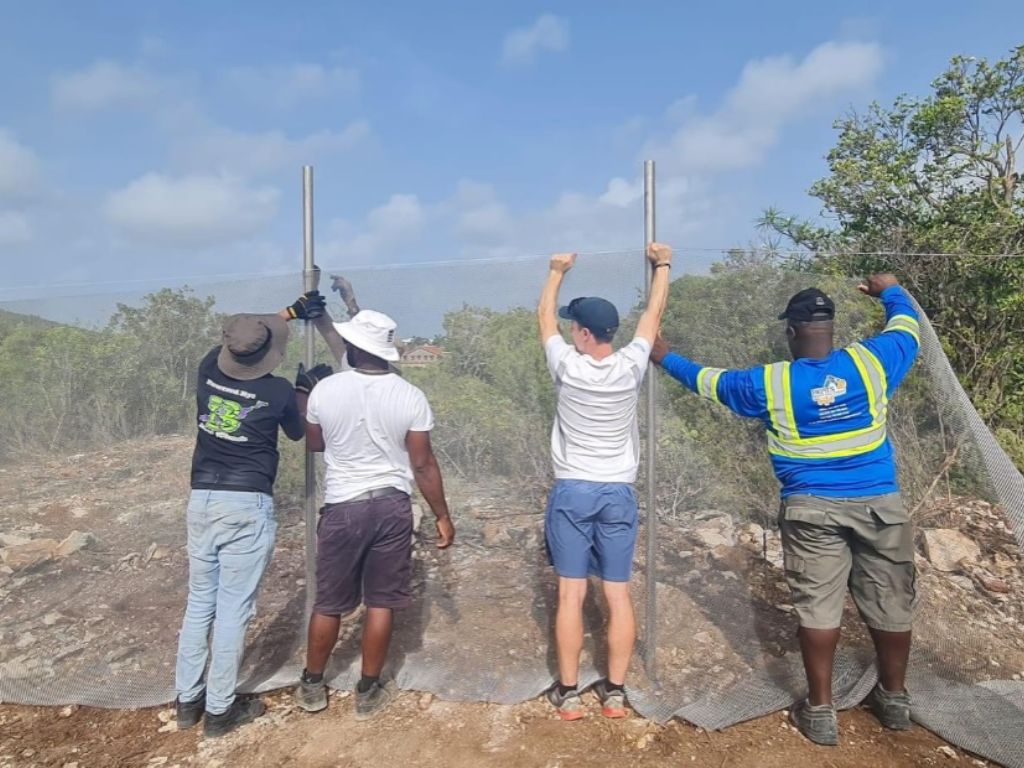
New Zealanders are old hands at building predator-proof fences, but the Caribbean brings a new set of challenges.
The ground is hard and rocky, with sparse vegetation. Corroding marine conditions, wood-chomping termites, and foot-long carnivorous centipedes add to the mix.
“These factors mean all fence materials have to be stainless steel. We have to attach flashing around the bottom of the fence to hopefully prevent centipedes from entering through holes in the mesh.
“To drill a deep enough hole in the ground, we had to use a special rock hammer drill, which takes far more time than usual,” Cam explains.
The laid-back rhythm of life in the Caribbean slowed some crucial material deliveries for building the fences and Cam discovered building the fence is the easy part: “The amount of logistical work and planning that goes into these projects is huge.”
Working with the local teams in Barbados and Anguilla for four weeks was a massive highlight. “They are so invested in the build and meticulous in ensuring everything is perfect. They could see the value in doing a good job.”
Fauna & Flora International teamed up with Barbados Ministry of Environment and National Beautification Anguilla National Trust. Cam and the WMIL team left them to it: materials were on site, vegetation was cleared, and the fence crew was briefed.
Recent visits by WMIL staff confirmed the success of their efforts, reporting back that the completed fences are extraordinarily well-constructed.
Back home out of range
From the tropics to the windswept remoteness of the Chatham Islands, 800km east of Christchurch, Cam dedicates three-month stints to protect the Chatham Island tāiko (magenta petrel). With only 50 known breeding pairs left in the world, the stakes are high.
Cam’s routine involves trapping along a 25km loop around the breeding colony, catching mostly cats but also possums and rats. “We check them daily, so by the time I leave the island, I’m extremely fit.”
Cam also spends much of his time on the island intensively monitoring the birds: “From the moment they return in September from their winter feeding in Chile, right up until the last chick fledges in early June. We monitor every step of the breeding cycle to ensure they have the best chance of fledging a chick.”
It’s a lot of staring through binoculars as they try to stay hands-off, limiting handling to banding and inserting an RFID chip that allows future monitoring without disturbing.
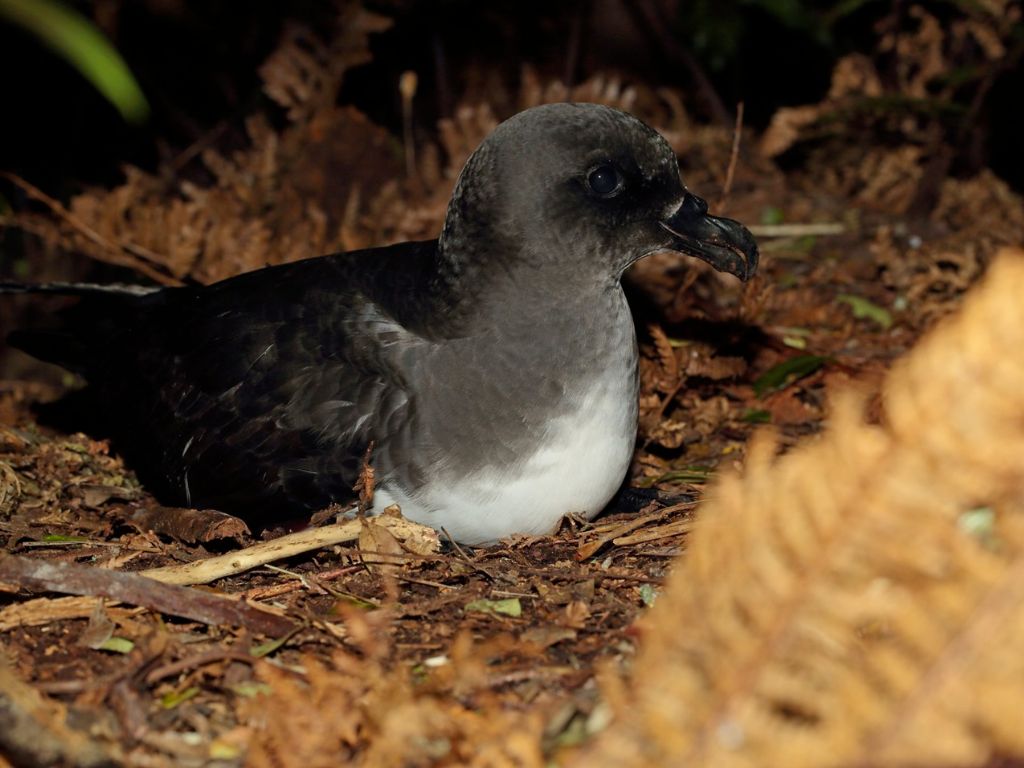
Life on the island is remote. There’s no cell service, only one pub and a general store. It took COVID two years to even reach the distant shores and infect the 600-strong community.
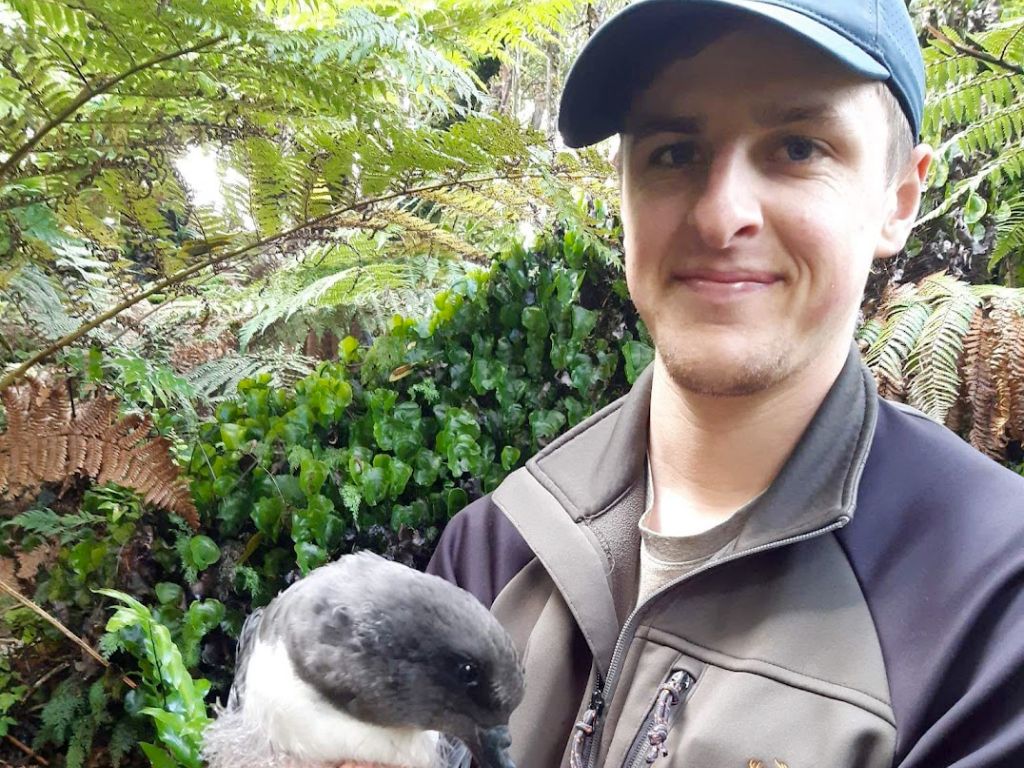
“Where we’re based is even more remote – Tāiko Camp is about a 45-minute drive south from the main town of Waitangi and requires 4×4 access for large periods of the year.”
Its isolation amplifies the commitment required for this conservation work, which is under contract to the Department of Conservation and supported by local landowners.
“Working on the trapping and monitoring sides of the project and working so closely with the species we are trying to protect is super rewarding, and I have become extremely invested in the project.
“Parts of my life are put on hold but doing these longer stints means I can fully immerse myself in the project and really give it my all,” Cam says.
Cam will finish up his two-year Predator Free Apprentice Programme in mid-2024. The programme, funded by Jobs for Nature, aims to grow the number of experienced animal pest control specialists to support the predator free vision. It provides a career path for people wanting to work in predator control. It will increase the capacity and capability of the sector to help reach the predator free New Zealand goal.

